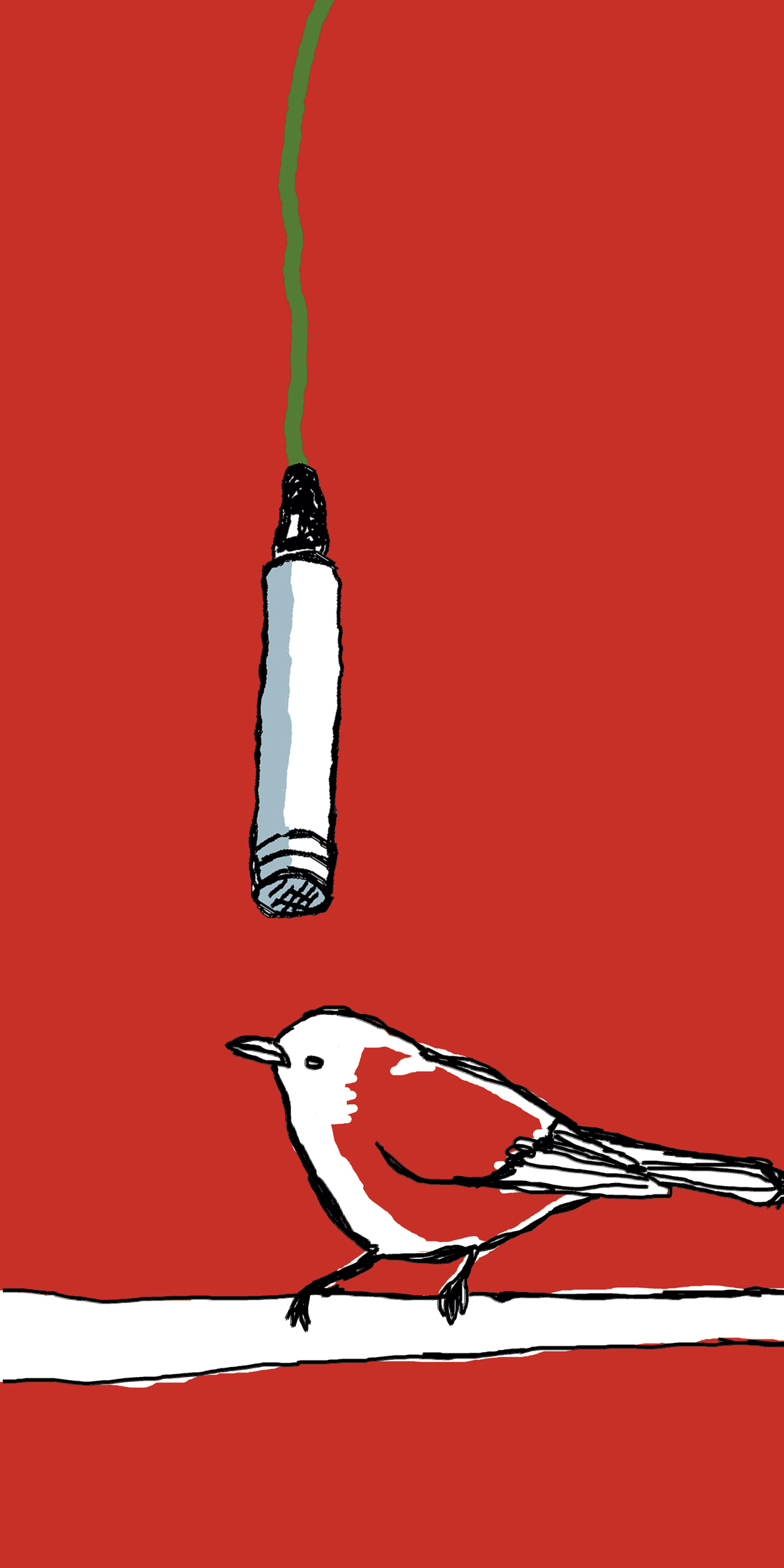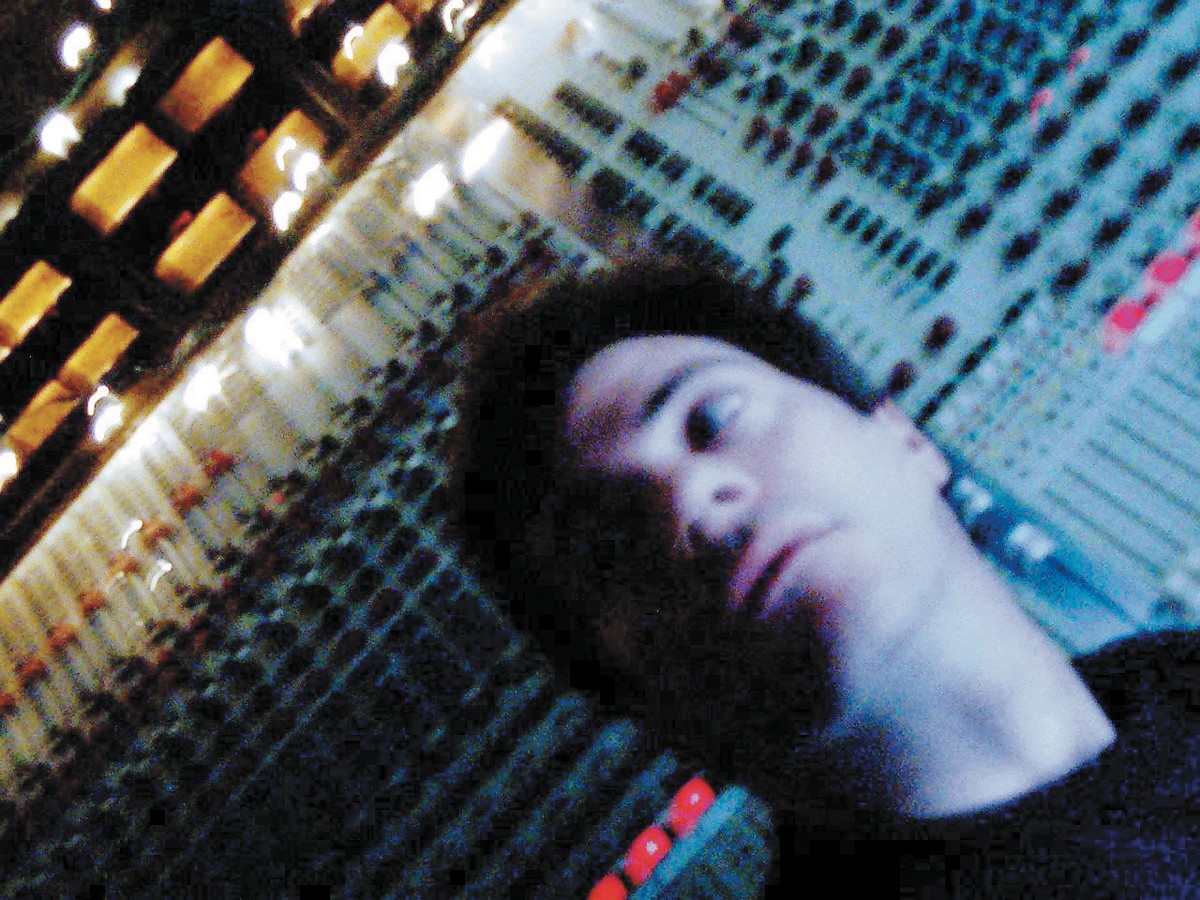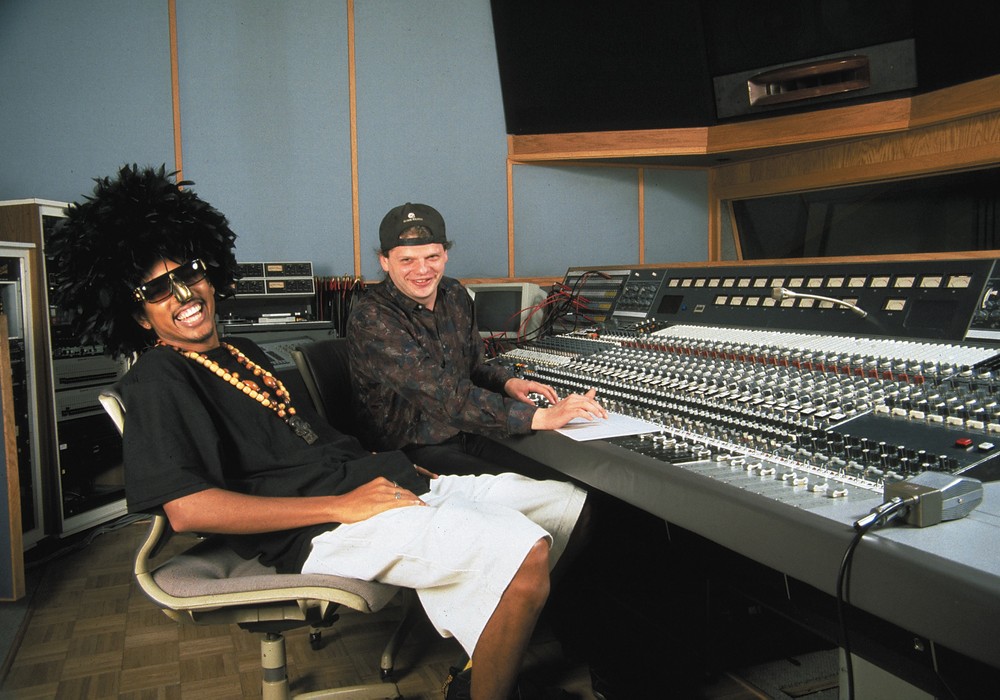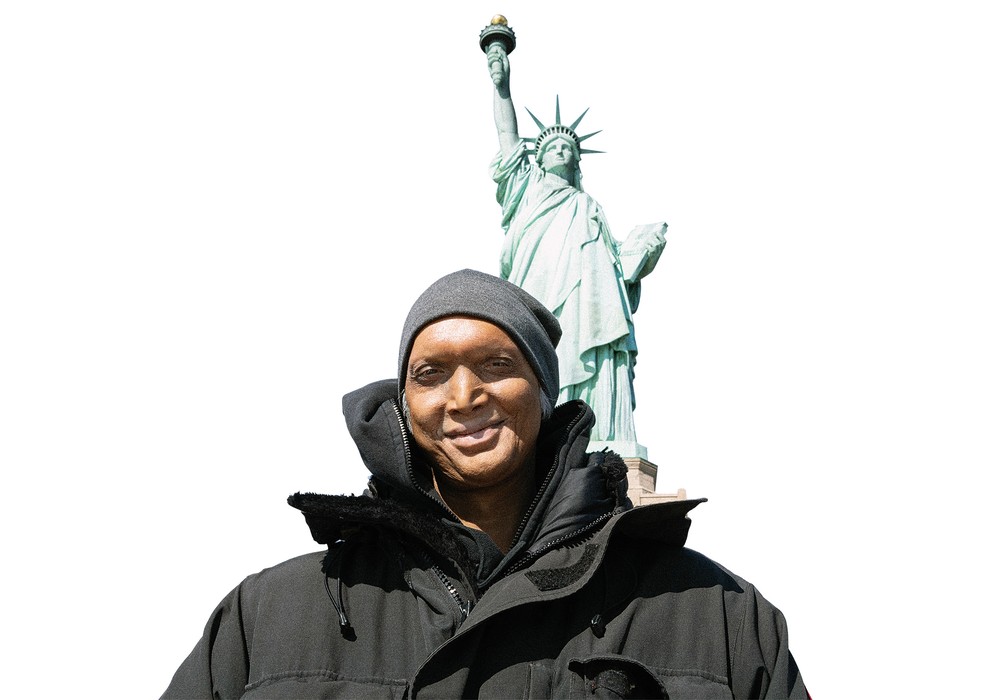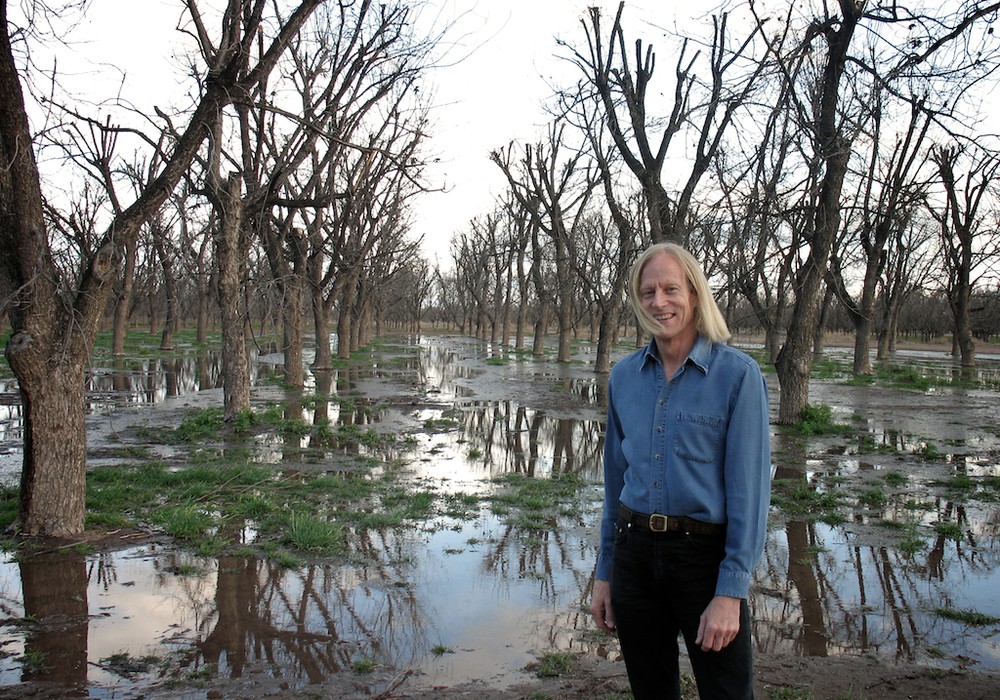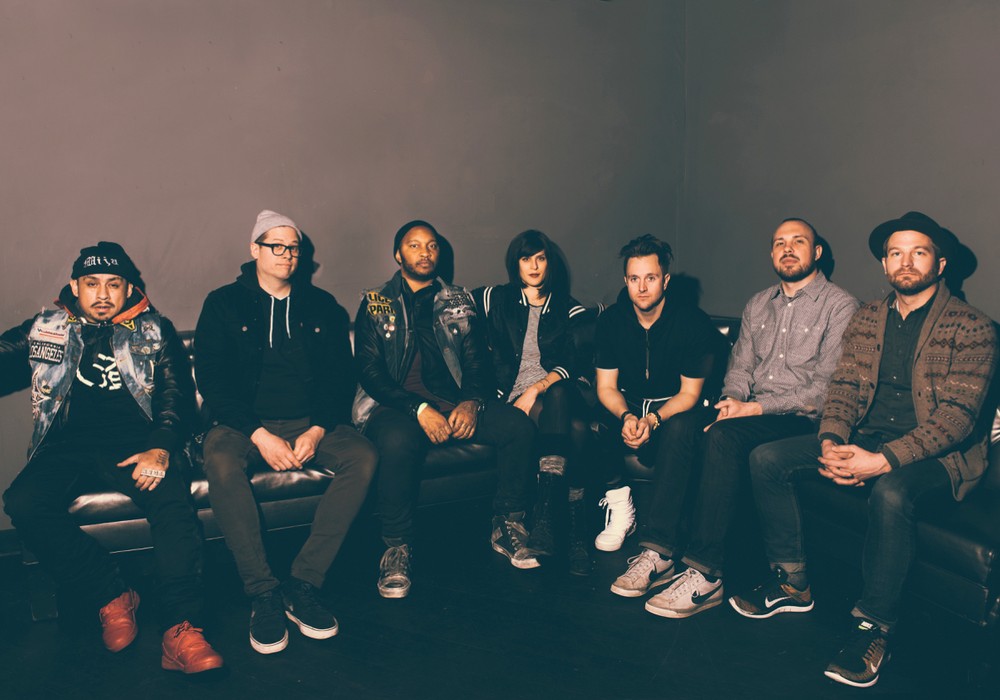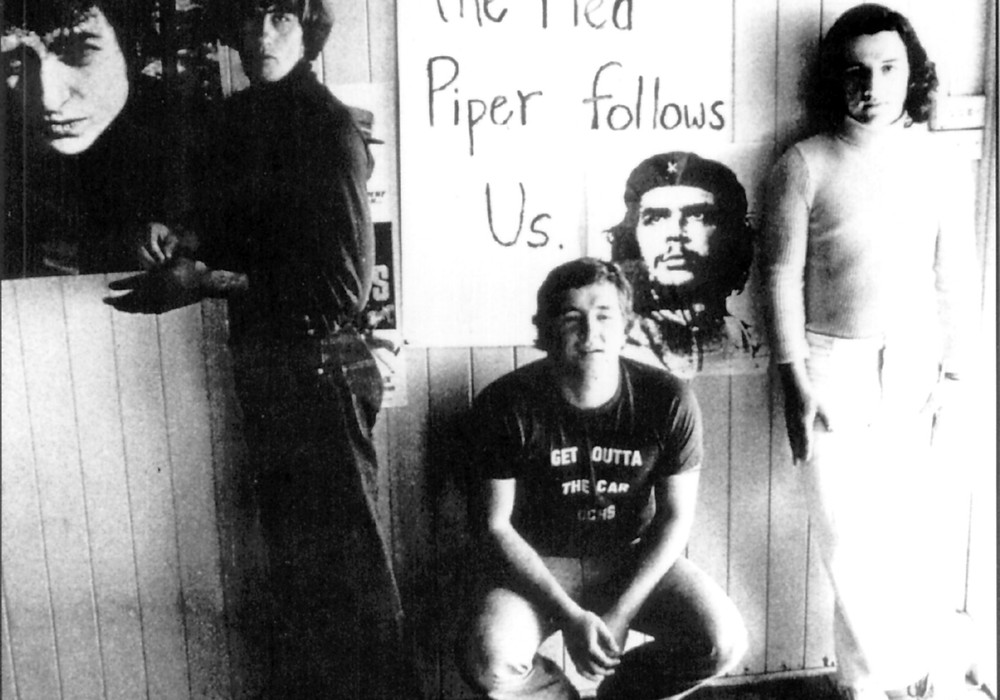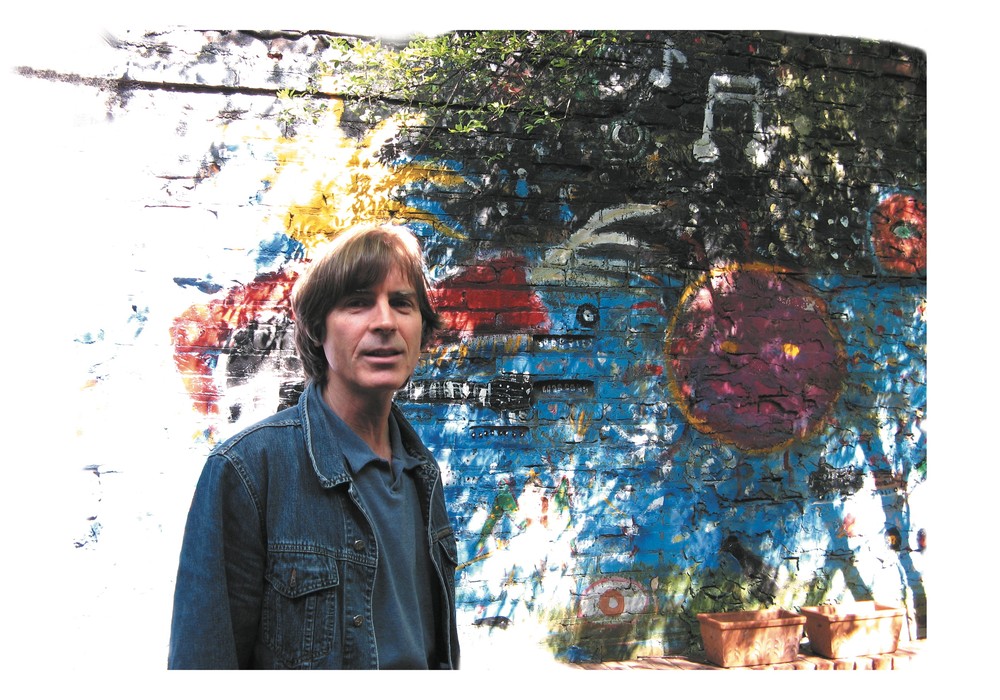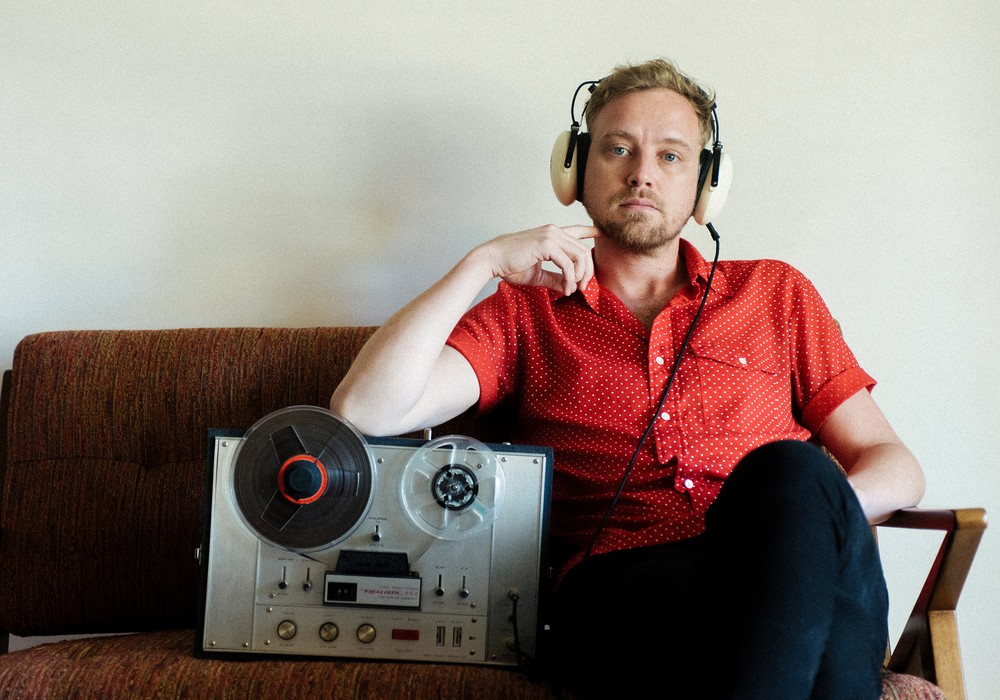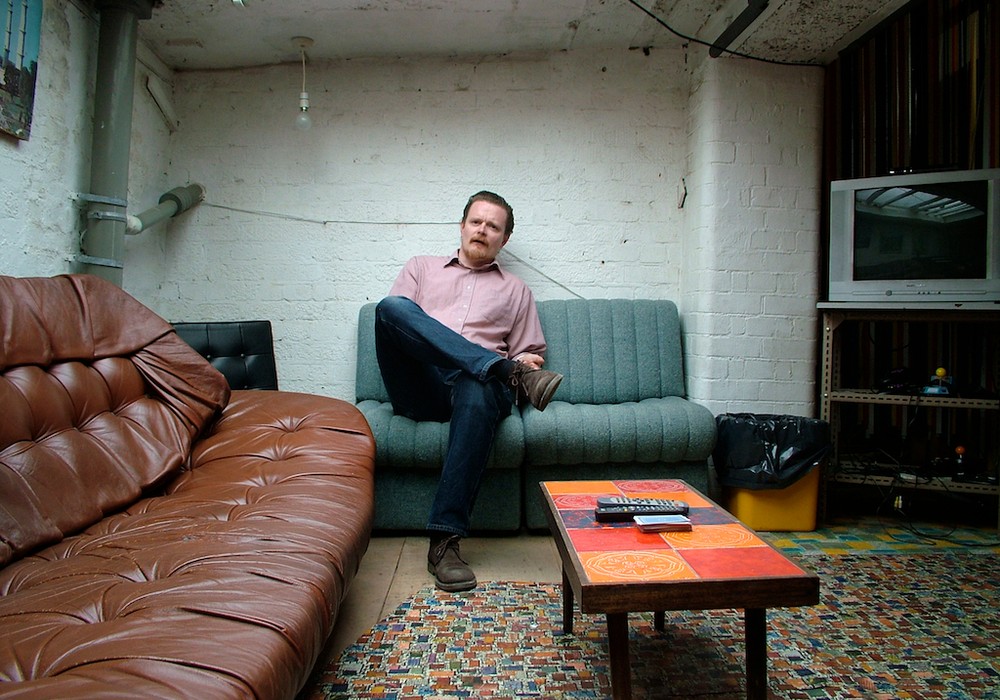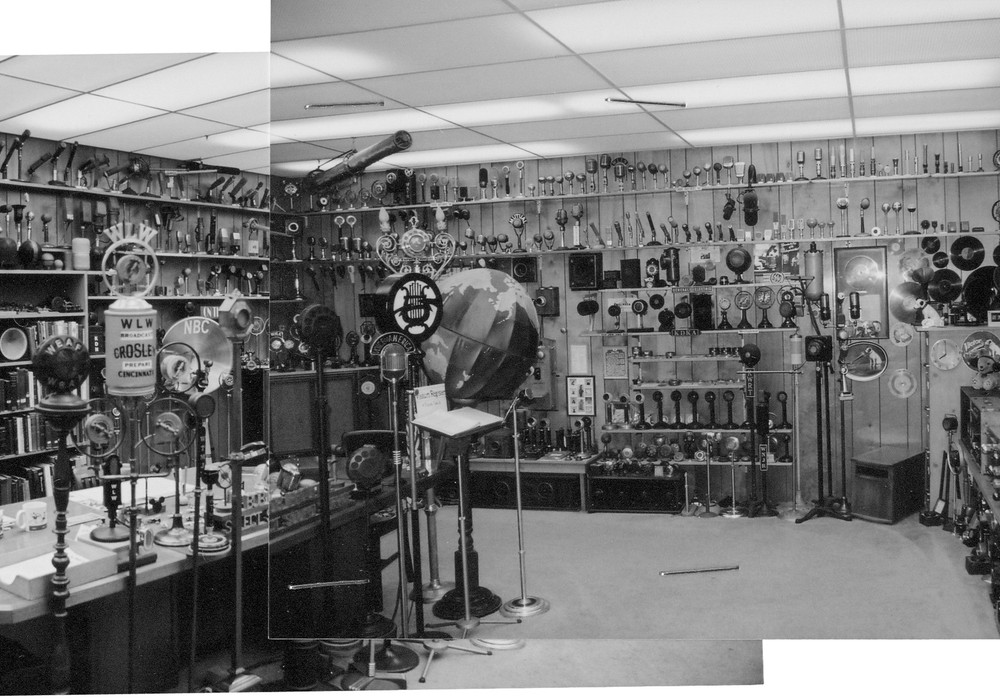When I first met Jacquire, he was working at Toast, a studio in San Francisco. He had already developed a reputation for being the man to call when you needed to make something sound unique and captivating. He brings a rare mix of old school recording chops and computer wizardry to every project he works on. When I had no money to pay him for three 18-hour days of mixing my band, Highwater Rising, he accepted an API 525 compressor as payment. He is easy to be around and very good at what he does. It's no wonder that when producers and artists need a man behind the console, he gets the call. He works regularly for producers Dennis Herring [Tape Op #48] and Eric Valentine, with a discography that includes Tom Waits, Modest Mouse, Jars of Clay, Billy Talent, Buddy Guy, Switchfoot, Citizen King, and Chuck Prophet. I spoke with him while he was working with producer Ethan Johns in Los Angeles, CA.
You did a Tom Waits record?
Tom Waits is a hero of mine. When I was traveling around, his was one of the records I took with me and I didn't take very many. The Mule Variations record came my way through a referral. Tom had just left Island and signed up to do a record with Anti. He was looking for an engineer in the Bay Area. He talked to both Oz Fritz and me. I was just stunned. I went up a few days later after speaking with him on the phone. He described to me his vision of recording. We talked about Alan Lomax and field recording. He was trying to feel out my concept of record making. He referred to sound in colors, if something sounds yellow, brown or red, to see if we agreed on that type of verbiage; that making a record is like film- making where the microphones are like lenses. He was just trying to relate to me about this stuff. Trying to figure out my understanding of traditional recording. He had made his first records live to two-track, so there is an element to his recordings that are really hi-fi in that way. He also has the side that came forward on Bone Machine, the lo-fi edge. His records are really a juxtaposition of those two things sonically. Of course his songwriting and personality are at the forefront of the music. I went up and met him and his wife Kathleen [Brennan], who is very much involved in the writing and production. It went well enough that I was asked to come up and do a demo session. He was trying out some new musicians and he was trying me out too. We recorded a couple of songs. The relationship of a performance is everything to Tom and how it's framed sonically. The instrumentation on basic tracks was very simple. It was usually Tom and one or two other musicians. Tom would mostly sing live.
Where was the session?
We were recording at Prairie Sun up in Cotati, CA. The set- up there can be untraditional. You're in the control room in one building while the live room for that control room, studio B, which has a Neve desk, is empty. Tom was down the way 50 to 100 yards in a large building that was usually used for storage and an echo chamber. You can't see anybody playing, no visual queues. He doesn't really like anybody to be too rehearsed. That goes for engineers as well as the musicians. That doesn't really give anybody the opportunity to fiddle with anything or learn the songs too well, to comb things over too much. You get something very immediate and honest. So setting up for the session was really important. Choosing your pres and getting all the mics set up around the musicians is your primary goal. Capture a great sounding performance and be able to move things around quickly if the situation arises. After a couple takes, you've either got it or you don't. It was a very amazing process. Like I said, you couldn't see them. There were speakers down there for playback and I could send my talkback mic to them so they could hear me. The foundation of the tracking was acoustic, so I could hear them through all the mics that were set up. Sometimes he'd be at the piano showing a song to the other players and you're up in the control room checking the levels to tape and getting a sound. He would only go through maybe once, so you had to be quick. Then sometimes you'd hear some acoustic guitar in the distance and realize, Tom has gotten up and decided to play acoustic on the song on the other side of the room. Then the bass player would move over to be near Tom. So you'd run down and move the all the mics. It had to be set up in a way to move things around. This was a huge room. The creativity was amazing. You'd start to hear a song in a certain way, with a certain mood, rhythm and...
